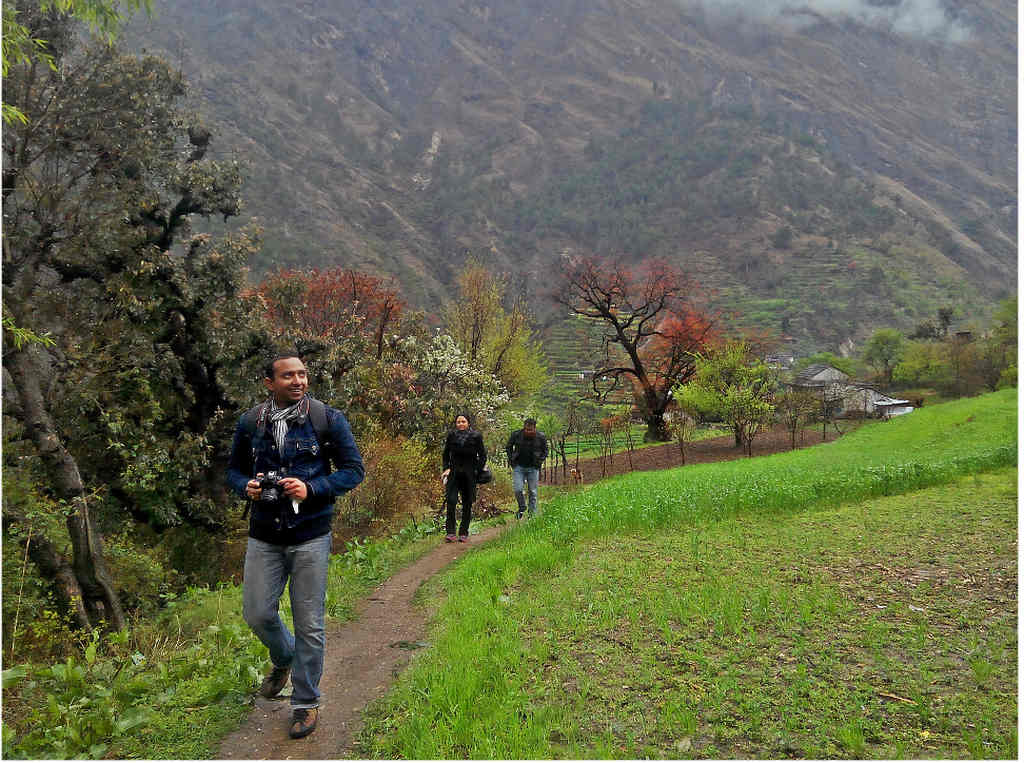
Tirthan Valley, a pristine jewel of the Great Himalayan National Park (GHNP), is renowned for its spiritual heritage, untouched wilderness, and the crystal-clear Tirthan stream. Nestled within one of India’s richest forest belts, this valley offers a tranquil retreat for nature lovers, spiritual seekers, and eco-tourists alike.
The Tirthan stream, famous for its abundance of trout, originates from the icy-cold springs of Hanskund Peak (4800 meters). This glacial-fed stream cascades down the lush, forested terrain of Rohla, a region once declared among India’s finest forest estates. Flowing for nearly 70 kilometers, the stream nourishes dense alpine forests and supports a vibrant ecosystem before merging with the Palchan River at Gushaini.
Local mythology adds a sacred dimension to this picturesque valley. According to folklore, the Hanskund deity forbade the harming of wildlife, and even today, local belief systems help preserve the area’s biodiversity. While poaching was once a threat, the terrain now forms part of the protected core zone of GHNP, safeguarding endangered species and Himalayan flora.
Gushaini, a picturesque village where the Tirthan and Palchan rivers meet, holds spiritual significance. It is believed that Goddess Gara-Durga attained divine power through self-immolation here, making it a revered site for pilgrims and locals alike.
Tirthan Valley, with its blend of natural splendor and spiritual energy, is more than just a scenic destination—it’s a symbol of harmony between nature and culture, deserving a top spot on every GHNP travel itinerary.
Conclusion
Tirthan Valley is not just a place of scenic beauty—it’s a living example of how nature, spirituality, and local tradition can coexist in harmony. With its sacred stream, rich biodiversity, and strong cultural roots, the valley offers a unique and peaceful experience within the Great Himalayan National Park. Whether you’re drawn by its pristine forests, spiritual legends, or the chance to disconnect from modern chaos, Tirthan Valley promises a journey that’s both grounding and inspiring. It’s a must-visit for anyone looking to explore the quieter, more soulful side of the Himalayas.



